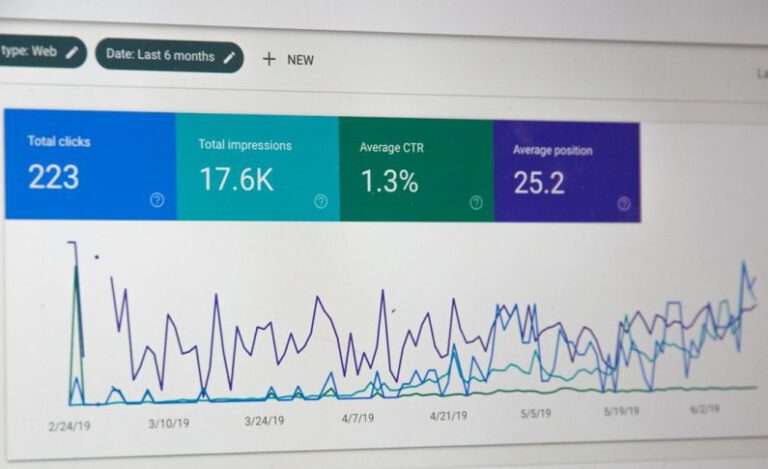How to Use Big Data to Drive Business Decisions?
In today’s data-driven world, businesses have access to an overwhelming amount of information that can be used to make informed decisions and drive growth. Big data has become an essential tool for businesses of all sizes, as it provides valuable insights into customer behavior, market trends, and operational efficiency. However, harnessing the power of big data requires a strategic approach and the right tools. In this article, we will explore how businesses can effectively use big data to drive their decision-making process.
Understanding the Basics of Big Data
Before we delve into the strategies for using big data, it is important to understand what it is and how it works. Big data refers to large and complex datasets that cannot be easily managed or analyzed using traditional data processing methods. These datasets can come from various sources, including social media, customer transactions, sensors, and more. The key characteristic of big data is its volume, velocity, and variety.
Leveraging Big Data for Business Decisions
1. Identifying Key Business Objectives
The first step in using big data to drive business decisions is to identify the key objectives you want to achieve. Whether it’s improving customer satisfaction, increasing operational efficiency, or launching a new product, having clear goals in mind will help you define the metrics and data points you need to focus on.
2. Collecting and Storing Relevant Data
Once you have identified your objectives, the next step is to collect and store the relevant data. This can be done by implementing data collection systems, such as customer relationship management (CRM) software, website analytics tools, or even IoT sensors. It is important to ensure that the data you collect is accurate, reliable, and aligned with your objectives.
3. Analyzing the Data
After collecting the data, the next step is to analyze it to gain actionable insights. This can be done using various data analytics techniques, such as statistical analysis, data mining, or machine learning. The goal is to identify patterns, trends, and correlations that can help you make informed decisions and drive business growth.
4. Visualizing the Insights
Once you have analyzed the data, it is crucial to visualize the insights in a way that is easy to understand and interpret. Data visualization tools, such as dashboards and charts, can help you present the information in a visual format, making it easier for decision-makers to grasp the key findings and take appropriate actions.
5. Making Data-Driven Decisions
The final step in using big data to drive business decisions is to actually make data-driven decisions. This means using the insights and information obtained from the data analysis process to inform your decision-making process. By relying on data rather than intuition or guesswork, you can increase the likelihood of making informed and successful decisions.
In conclusion, big data has the potential to revolutionize how businesses make decisions and drive growth. By following a strategic approach that involves identifying objectives, collecting and storing relevant data, analyzing the data, visualizing the insights, and ultimately making data-driven decisions, businesses can leverage the power of big data to gain a competitive advantage in today’s fast-paced business environment. So, if you haven’t already, it’s time to embrace big data and unlock its potential for your business.






